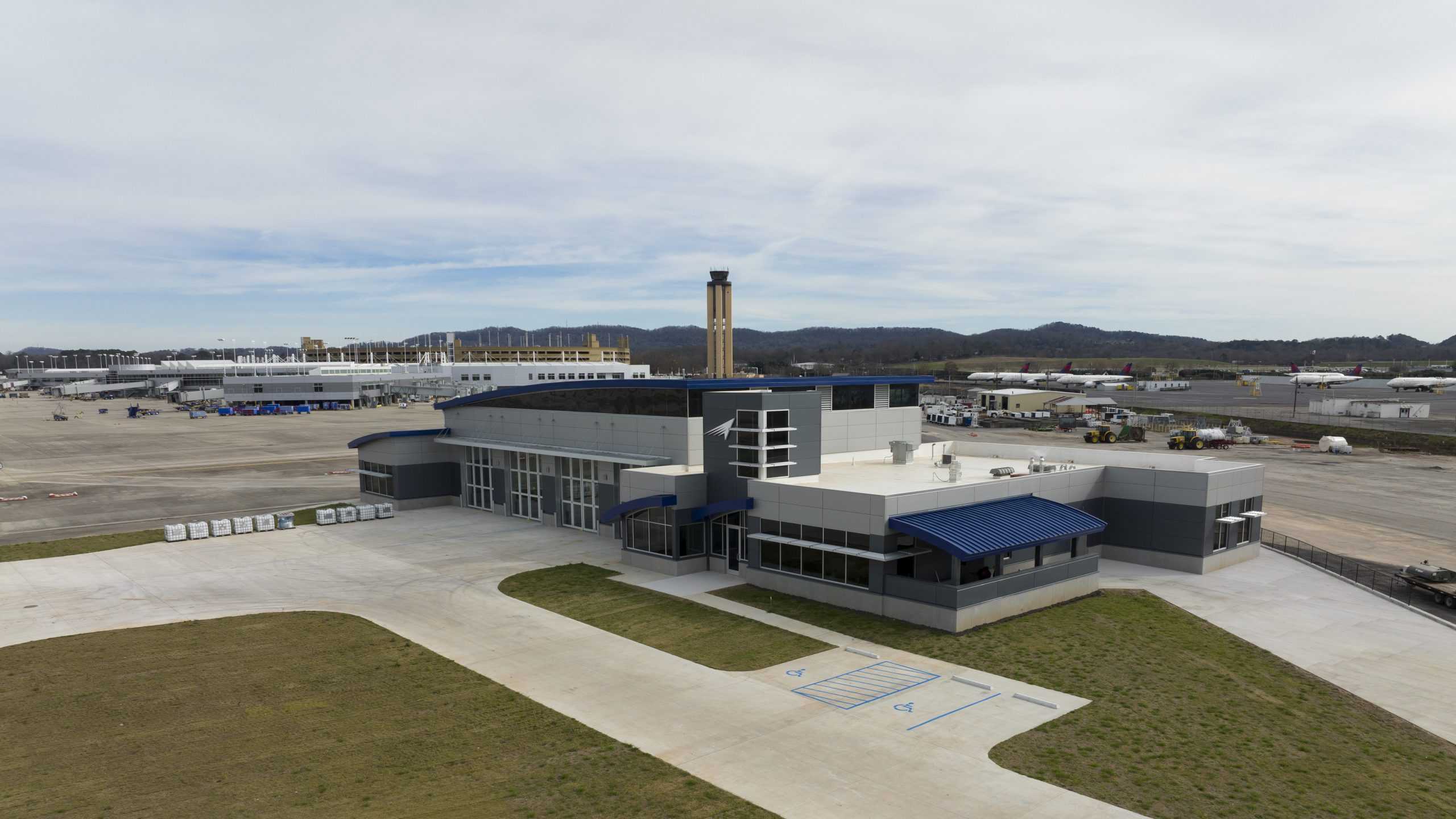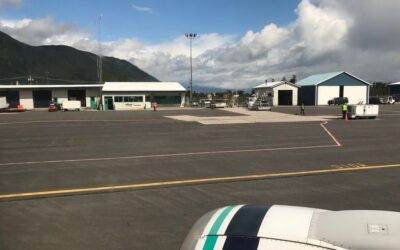The Birmingham-Shuttlesworth International Airport (IATA: BHM, ICAO: KBHM, FAA LID: BHM) is the primary commercial airport serving Birmingham, Alabama and much of the central region of the state. With over 3 million annual passengers, BHM ranks as Alabama’s busiest airport.
In this comprehensive guide, we’ll cover everything you need to know about facilities, airlines, history, economic impact and future growth plans for Alabama’s largest airport. Whether you’re a local resident or first-time visitor traveling through BHM, use this as your go-to reference.
A Convenient Location Connecting Alabama to the World
Birmingham-Shuttlesworth International Airport occupies a site about 5 miles northeast of downtown Birmingham off I-20/59, providing ease of access for central Alabama residents. The airport’s dual parallel runways enable over 100,000 aircraft takeoffs and landings each year.
Inside the modern terminal, the airport offers service from major domestic airlines to over 35 non-stop destinations along with seasonal vacation charters. Future expansion plans in the works will likely add more flights as BHM solidifies its status as the premier southern air travel hub.
Tracing the History of BHM Back Over 90 Years
The origins of Birmingham’s airport date to 1931 when the city opened Roberts Field for private and commercial flights alike, naming it after pioneer local aviator Barney Roberts. Airline service kicked off in 1933 with Eastern Air Transport.
Expanding service demanded new infrastructure so runways were continually lengthened and additional facilities constructed over the following decades. During the pivotal civil rights protests in Birmingham during the 1960s, the airport witnessed history being made as prominent figures like Martin Luther King Jr. and Robert Kennedy traveled through its terminal.
Major Modernization Initiatives Lead to Current Success
Entering the 1990s, the airport was officially renamed as Birmingham International before embarking on an aggressive $201 million terminal enhancement project starting in 2006. This involved fully renovating concourses, adding jet bridges, escalators and skylights while integrating the latest wayfinding and passenger technologies.
Following the completion of expansions in 2008, the airport adopted its current name – Birmingham-Shuttlesworth International – in honor of the late local civil rights hero Rev. Fred Shuttlesworth. BHM has seen continued robust growth since, serving over 4 million annual passengers just before the pandemic hit in 2020.
Inside Birmingham Airport (BHM) Terminals & Facilities
Birmingham-Shuttlesworth International Airport covers 2,000 acres with dual parallel runways measuring 12,007 and 6,099 feet respectively. The newer runway handles heavy aircraft loads while the shorter strip accommodates regional jets.
Inside the terminal, the airport offers valet parking, rental car desks, ground transportation options to downtown and 20 gates split between Concourses A and B. An upcoming project will renovate aging areas of the terminal like baggage claim and security checkpoints by 2025. Travelers can enjoy concessions ranging from quick-service dining to bar service.
Behind the scenes, hundreds of airport employees oversee daily operations from administration to maintenance, public safety and transportation coordination – all enabling BHM to function 24/7/365.
BHM Airlines & Non-Stop Flight Destinations
Passengers traveling through Birmingham Airport can select between seven major domestic airlines: Delta Air Lines, American Airlines, Southwest Airlines, United Airlines and Frontier Airlines alongside regional carriers. Delta carries the highest percentage of BHM flyers currently.
Frequent daily non-stop flights connect Birmingham to over 35 cities coast-to-coast including main hubs Atlanta, Dallas, Washington D.C., Chicago, New York, Denver, Los Angeles plus Florida hot spots Orlando, Tampa and Fort Lauderdale among others. Seasonal vacation charters provide additional limited international reach to popular tourist locales including Montego Bay, Cancun and Punta Cana.
Economic & Tax Impacts from BHM Operations
As Alabama’s key commercial airport, BHM constitutes a major regional economic driver. Economic impact analyses confirm that Birmingham Airport contributes over $1.5 billion in annual economic output supporting an estimated 15,500 local jobs that deliver $700 million in income.
Additionally, over $200 million yearly tax revenues stemming from airport operations help fund essential community services in Birmingham and across Alabama. Ongoing growth will only amplify these positive economic benefits over the long run.
The Future Looks Bright for BHM Expansion
Even after completing hundreds of millions in recent upgrades, Birmingham-Shuttlesworth retains unused gate capacity and space to continue expanding airline service. Temporary pandemic lulls aside, BHM passenger volumes are trending upwards long-term as both legacy and budget carriers launch additional flights catering to growing demand.
Proactive infrastructure enhancements slated over the next five years will help facilitate projected growth for both passengers and cargo. From modernized baggage handling systems to refreshed terminal furniture and exterior lighting replacement, these investments will keep BHM competitive as a southern transportation nexus into the future.
So for visitors and Birmingham-area residents alike, the convenient location, great facilities and expanding flight networks cement Birmingham-Shuttlesworth International Airport as a premier southern air travel gateway.







0 Comments